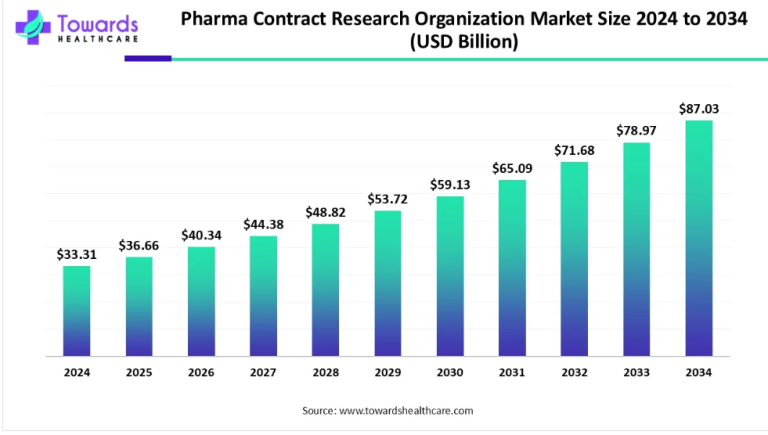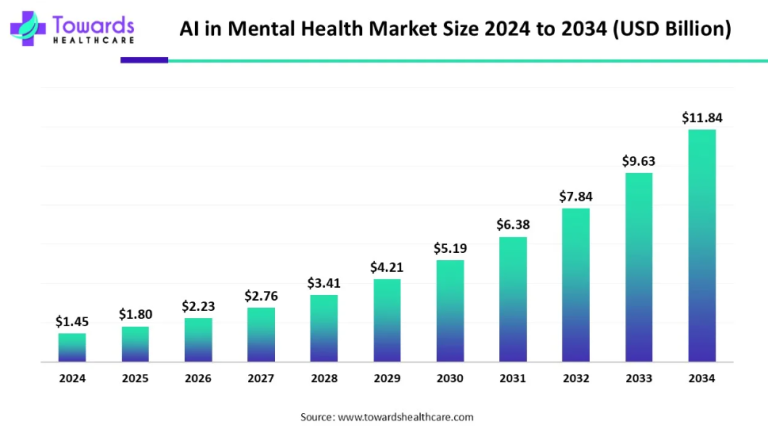Stroke Diagnostics and Therapeutics Trends Includes:
- Advanced Imaging Techniques: There is a growing emphasis on utilizing advanced imaging technologies such as magnetic resonance imaging (MRI) and computed tomography (CT) scans for faster and more accurate stroke diagnosis. These technologies help in identifying the type and location of strokes, enabling quicker treatment decisions.
- Telemedicine and Remote Monitoring: The use of telemedicine and remote monitoring has been increasing, allowing healthcare professionals to assess and monitor stroke patients remotely. This is particularly beneficial for timely interventions, especially in regions with limited access to specialized stroke care.
- Artificial Intelligence (AI) in Diagnostics: AI applications are being developed to assist in stroke diagnostics by analyzing medical imaging data. AI algorithms can help identify patterns and anomalies in brain scans, aiding in faster and more accurate diagnosis.
- Minimally Invasive Therapies: Endovascular procedures and other minimally invasive interventions have gained popularity for the treatment of strokes. These procedures aim to remove or dissolve blood clots, improving blood flow to the brain and minimizing damage.
- Neuroprotective Therapies: Researchers are exploring drugs and therapies that have neuroprotective effects, aiming to limit the extent of brain damage following a stroke. This includes investigating medications that can reduce inflammation and oxidative stress in the brain.
- Personalized Medicine: The concept of personalized medicine is gaining traction, with a focus on tailoring stroke treatment plans based on individual patient characteristics, including genetic factors. This approach aims to optimize therapeutic outcomes and minimize side effects.
- Rehabilitation Technologies: Innovations in rehabilitation technologies, such as virtual reality and robotics, are being explored to enhance stroke rehabilitation. These technologies can provide interactive and engaging exercises to promote recovery of motor functions.
- Public Awareness and Education: Efforts to increase public awareness about the signs and symptoms of stroke, as well as the importance of seeking immediate medical attention, continue to be a priority. Early recognition and prompt treatment are crucial for better outcomes.
- Pharmacological Advancements: Ongoing research in pharmacology is exploring new drug therapies for stroke prevention and treatment. This includes medications targeting specific pathways involved in the formation of blood clots or addressing underlying risk factors such as hypertension and diabetes.
- Collaborative Approaches: Multidisciplinary collaboration among healthcare professionals, including neurologists, emergency medicine specialists, radiologists, and rehabilitation experts, is becoming increasingly common. This approach ensures a comprehensive and coordinated effort in the diagnosis, treatment, and rehabilitation of stroke patients.
- Global Initiatives and Guidelines: International organizations and medical societies are working on developing and updating guidelines for stroke management. These guidelines aim to standardize best practices globally, ensuring that the latest evidence-based approaches are incorporated into stroke care protocols.
- Patient-Centered Care: Emphasis on patient-centered care is growing, with a focus on involving patients and their families in decision-making processes. Education and support programs are being implemented to empower individuals to actively participate in their stroke prevention and recovery.
- Lifestyle Interventions: Recognizing the role of lifestyle factors in stroke risk, there is an increased focus on preventive measures through lifestyle interventions. This includes promoting healthy diets, regular physical activity, smoking cessation, and managing stress as part of comprehensive stroke prevention strategies.
- Integration of Wearable Devices: Wearable devices and smart technology are being integrated into stroke management, allowing for continuous monitoring of vital signs and activity levels. This data can provide valuable insights for both healthcare professionals and patients, facilitating proactive interventions.
- Cost-Effective Solutions: As healthcare systems worldwide face economic challenges, there is a growing interest in developing cost-effective solutions for stroke diagnostics and therapeutics. This includes exploring innovative technologies and strategies that offer efficient and affordable care.
Read More:


